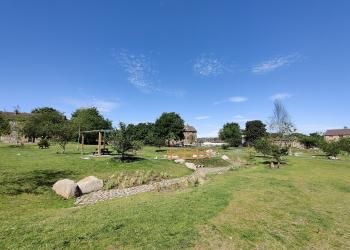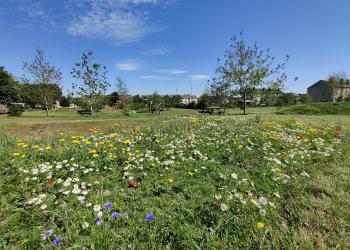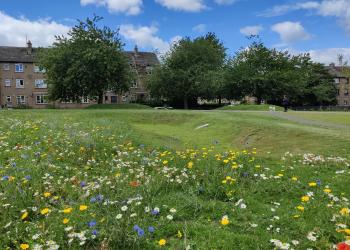Scottish Water is working with partners on the Water Resilient Dundee initiative to jointly and sustainably manage water in the City of Dundee to help respond to climate change now and for future generations, while delivering wider benefits.
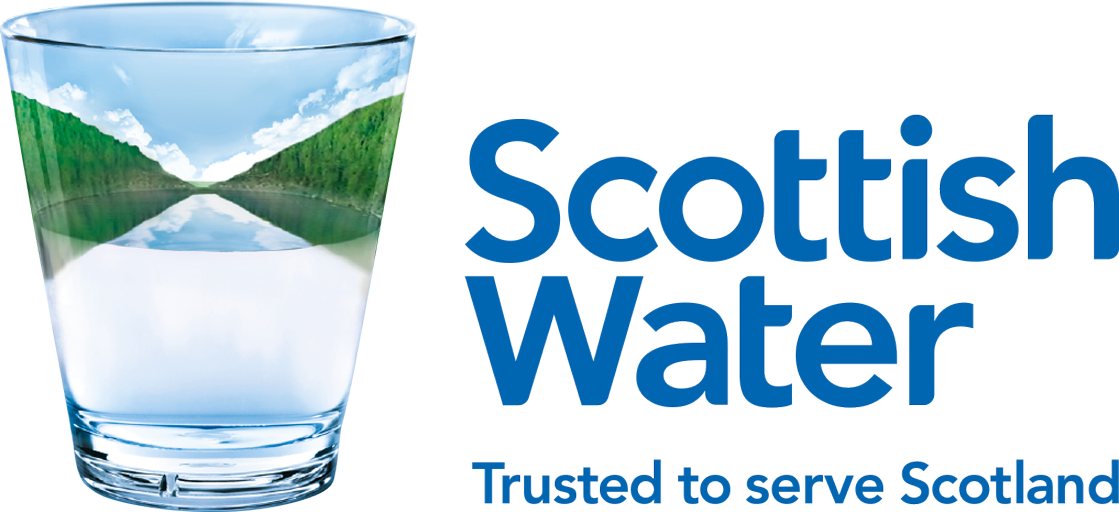
Scottish Water
Go To WebsiteAddressed Challenges:
- Flooding & drought
Action Areas:
- Built Environment
Initiative Purpose:
- Mitigation & Adaptation
The Story
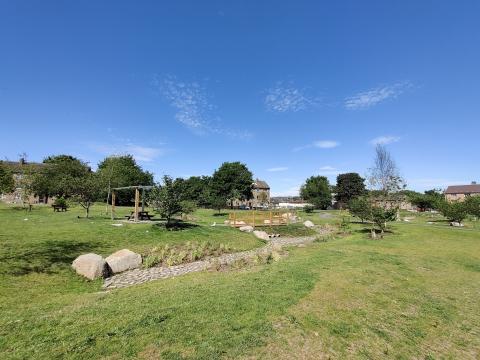
The climate is changing and will continue to change. Increased flooding is one of the climate risks Scotland faces. Winter rainfall will increase, the frequency and intensity of summer thunderstorms will increase, and the sea level may rise between 1m and 2m in the next 100 – 200 years. Even with climate mitigation action, Scotland must adapt to make our cities and communities more resilient to these extreme events. We must do so in a way that includes social, economic and environmental success.
The Water Resilient Dundee (WRD) partnership aims to jointly plan and sustainably manage water in the City of Dundee to help the City respond to climate change now and for future generations. Scottish Water and Dundee City Council (DCC) recognise the need to develop new ways to manage intense rainfall and stormwater flooding to create future-proofed, flood-resilient communities.
Complex responsibilities around sewer, watercourse and surface water flooding have hindered more widespread implementation of holistic solutions that attempt to manage surface water, watercourses and sewer flooding causes at the city scale.
The Partnership follows on from the collaborative work undertaken as part of the Tayside Integrated Catchment Study (ICS), and an opportunity to continue this approach with the St Mary’s Drainage Strategy – a pilot Scottish Water project to retrofit surface water management to reduce sewer and pluvial flood risk.
The Partnership is developing an overall drainage strategy for the City, Detailed District Strategies and Projects. The City Districts, sixty in total, each have a preferred conveyance route to manage flows towards or directly to the water environment. The watercourses across the City are critical to managing water sustainably. Many of the urban watercourses have been culverted or piped below ground level at some time in the past.
Industrial use and development in the main urban area of Dundee has led to diversions and, in some cases, the connection of the watercourses into the combined sewers. The Partnership recognises the need to collaborate with others to ensure that drainage work in the urban catchment enhances, rather than impacts, the natural environment.
Success & Outcomes
We are currently still using standard measures related to flooding and UID projects - cost-benefit, reduction in flood risk and spills to the environment. We are currently monitoring the hydraulic benefits.
However, we should measure Blue-Green Infrastructure projects based on their wider benefits, including measures for environmental, social, economic, aesthetic, and adaptability. The measures must include access to quality green space, air quality, community engagement, habitat creation, etc.
Advice for others looking to do something similar
Build a strong partnership with the local community - involve them in every step of the design process, listen to their concerns, make sure they understand the benefits and leave them with something they can be proud of.
